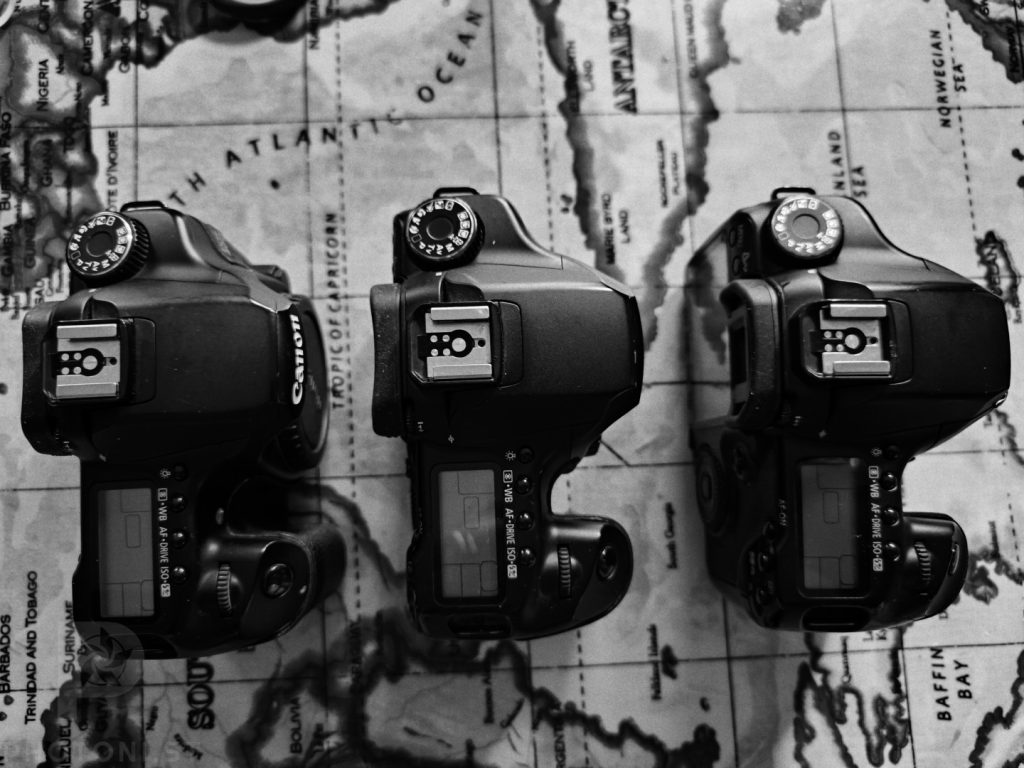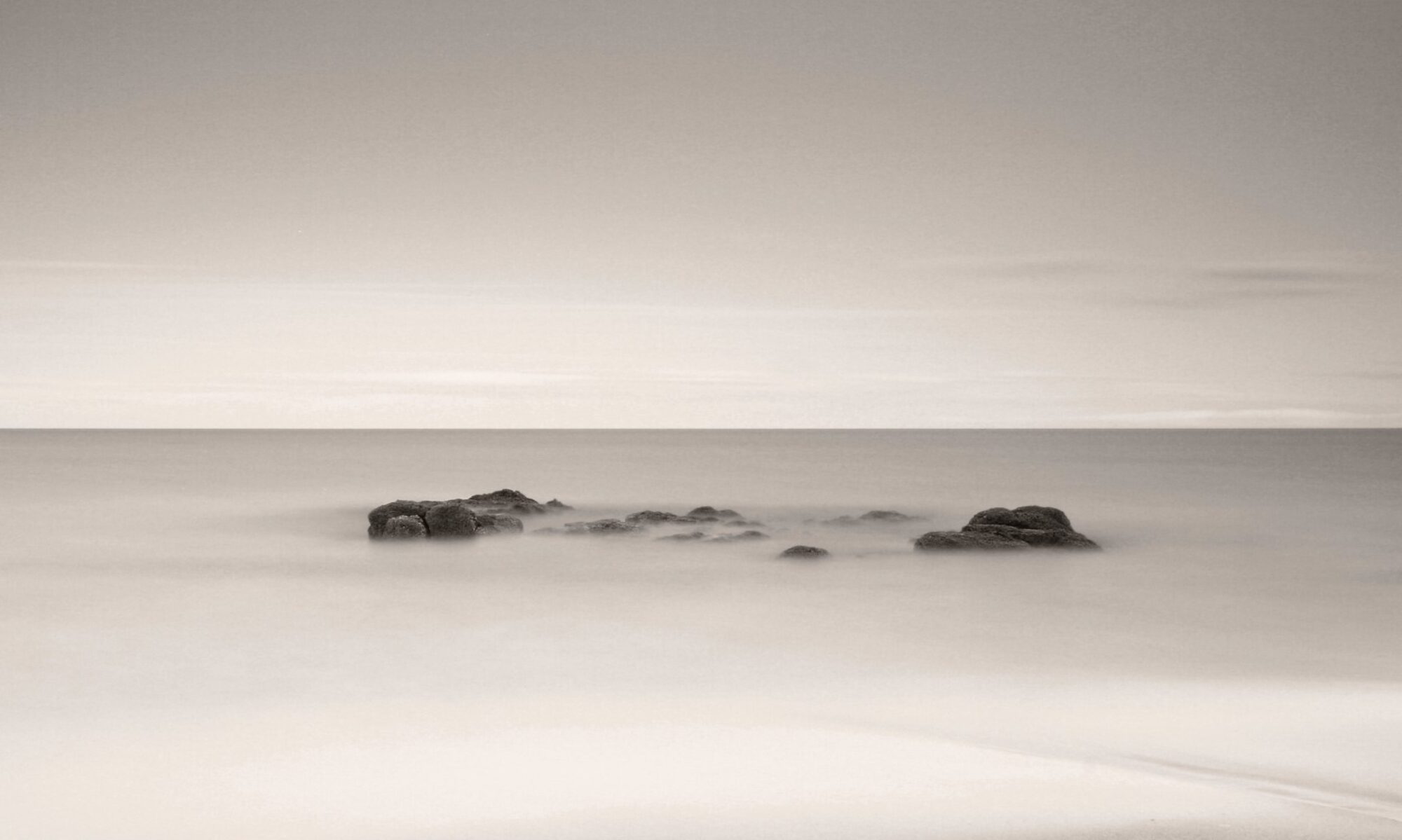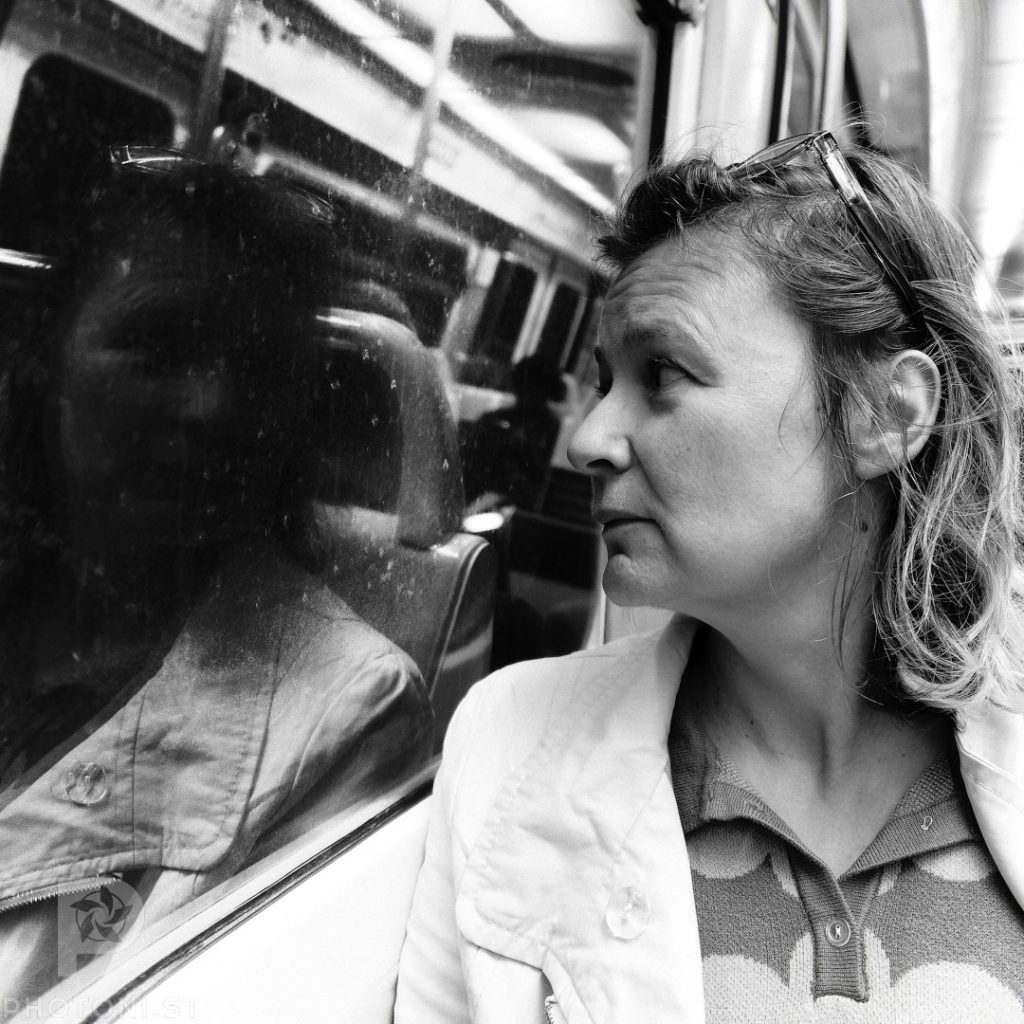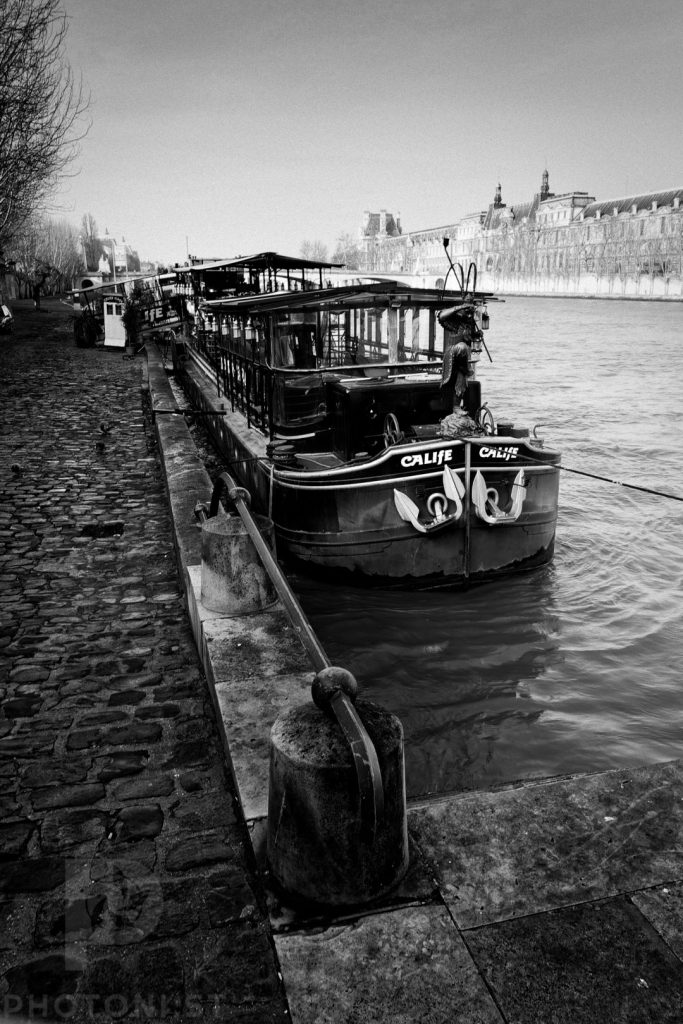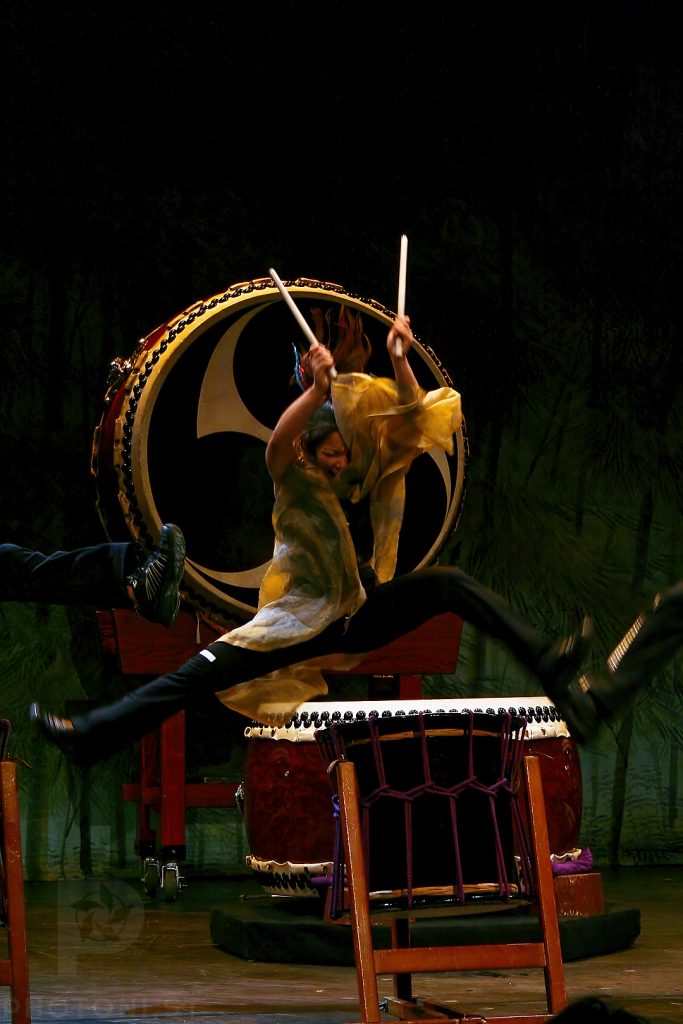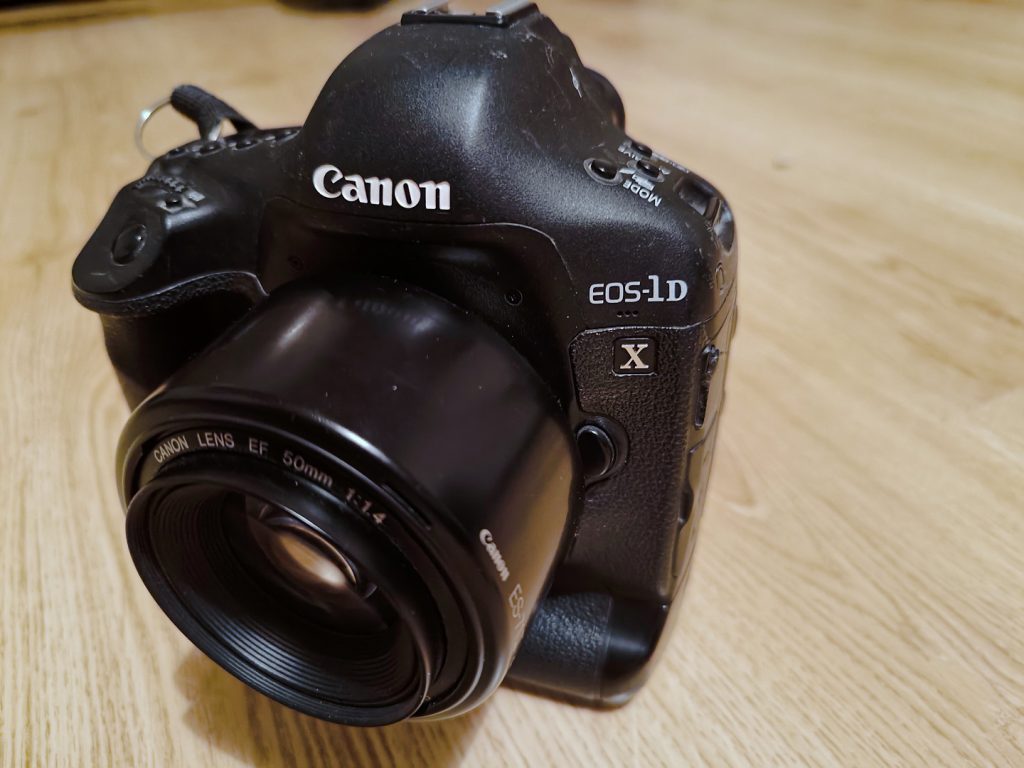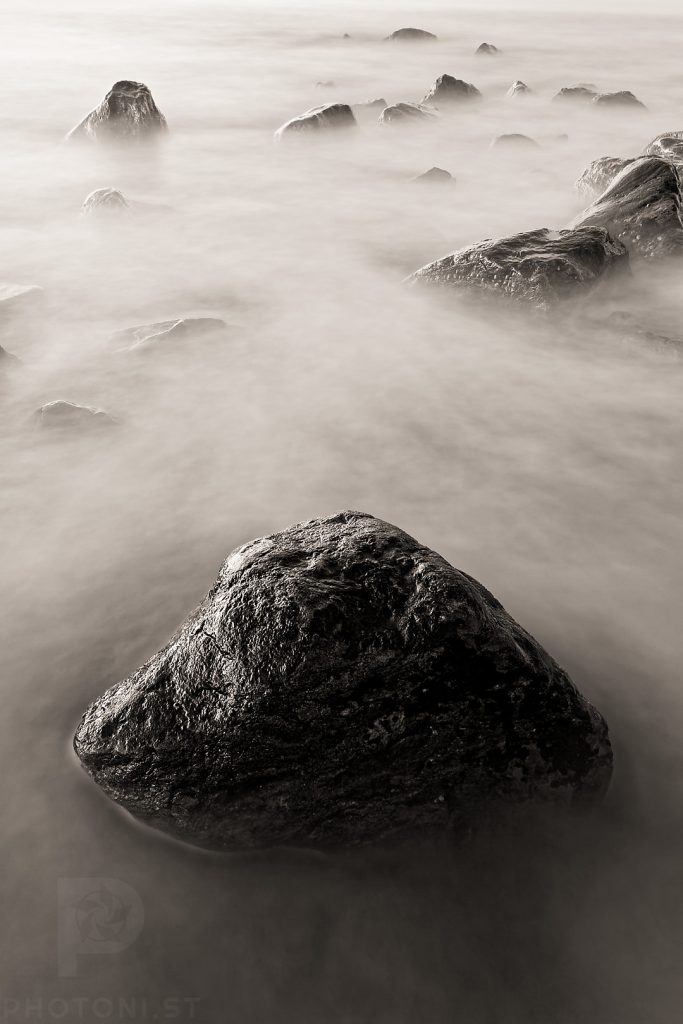Photographers are split into two groups: those who swear by their gear and upgrade to the latest of everything all the time, and those who say that gear doesn’t matter. I used to be in the first group, I’m now in the second.
To prove my point, I got my hands on a lot of old Canon 40Ds for 8€ each. Canon released it in 2007. So these are nearly 20 years old. These have had a hard long lives (200K+ clicks, bits broken, rubber plugs broken or perished). But they allegedly worked, so I wanted to test them because I have plans for them (that will involve “deconstruction”).
Warning: big photo dump.
